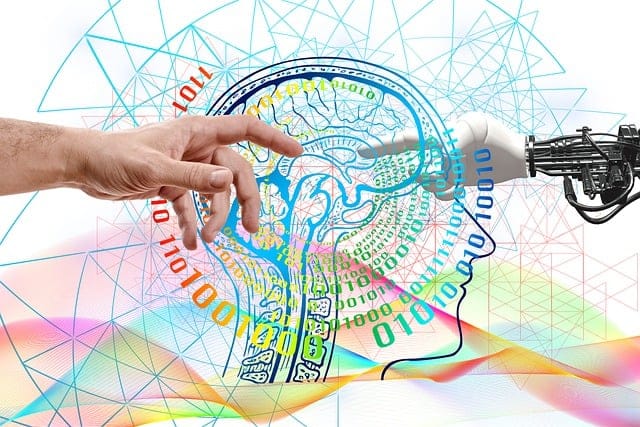Introduction
Emotional intelligence and artificial intelligence are two concepts that initially seem to oppose each other, with one being related to the human and emotional aspect, while the other refers to machines and rationality. However, these two domains can complement each other and create a powerful synergy for future businesses. In this article, we will explore how the integration of emotional intelligence and artificial intelligence can bring significant benefits to companies, improving their decision-making, productivity, customer relations, as well as the well-being and fulfillment of their employees.
Understanding Emotional Intelligence
Emotional intelligence (EI) is the ability to perceive, understand, manage, and express one’s own emotions, as well as those of others. It also includes empathy, emotional regulation, self-awareness, and social competence. A person with high EI is more likely to have positive interactions with others, effectively manage stress, and make emotionally informed decisions.
The Growing Role of Artificial Intelligence
Artificial intelligence (AI) has become a crucial pillar in the digital transformation of businesses. Through machine learning, natural language processing, and other technologies, machines can learn, understand, and perform tasks that were once reserved for humans. AI has automated processes, analyzed vast amounts of real-time data, and provided valuable information for decision-making, to name just a few examples.
The Power of Synergy
When emotional intelligence is combined with artificial intelligence, it creates a powerful synergy that can transform how businesses operate. Here are some areas where this synergy can be particularly beneficial:
Improving Customer Experience: AI systems can analyze customer emotions using natural language processing techniques to assess satisfaction and detect potential issues. Integrating EI can then respond empathetically to customer needs, providing a more personalized service and strengthening brand loyalty.
Optimizing Human Resources: AI can be used for initial job interviews by analyzing verbal and non-verbal responses from candidates. It has also been proven that with AI, there is less discrimination. By integrating EI, AI systems can better assess the social and emotional skills of candidates, helping to select candidates who will easily integrate into the company’s culture.
Stress Management and Well-being at Work: AI-equipped chatbots can detect stress or dissatisfaction among employees by analyzing their interactions. Coupling this with EI, these chatbots can provide emotional support to employees, guide them to appropriate resources, and help managers improve the work environment.
Informed Decision-Making: AI is already used to analyze complex data and make decisions based on statistical models. EI can contribute to adding an emotional layer to this decision-making by considering impacts on individuals and teams, thereby improving long-term results and reinforcing ethics in operational choices.
Online Learning and Training: Online learning systems can benefit from the integration of EI to adapt content based on learners’ emotions and reactions. A learning platform can detect when a learner is frustrated or discouraged and adjust its approach to encourage and motivate them.
Challenges and Limitations
While the synergy between emotional intelligence and artificial intelligence offers many advantages, it also raises challenges and ethical questions. Among these, we can mention:
Privacy and Personal Data: Emotional analysis may require the collection and analysis of sensitive data about individuals’ emotions, raising concerns about privacy and data protection since, in most cases, anything shared with AI can be freely used by AI itself.
Bias and AI Ethics: If AI models are not properly trained and calibrated, they can perpetuate existing biases and make unfair or discriminatory decisions.
Dehumanization: While integrating AI into interactions with customers and employees can be helpful, it is important to strike a balance to avoid completely dehumanizing these interactions, as human warmth and empathy are irreplaceable. Not to mention that AI is still far from matching human communication skills…
Conclusion
Emotional intelligence and artificial intelligence are two important facets that can mutually enrich businesses. The synergy between these two domains can allow companies to better understand their customers, improve relations with their employees, and make more informed and ethical decisions. However, it is crucial to approach this integration with caution, taking into account ethical concerns and placing humans at the center of the process. By capitalizing on this synergy, companies can position themselves advantageously to thrive in a constantly evolving world, while placing humans at the heart of their success.




